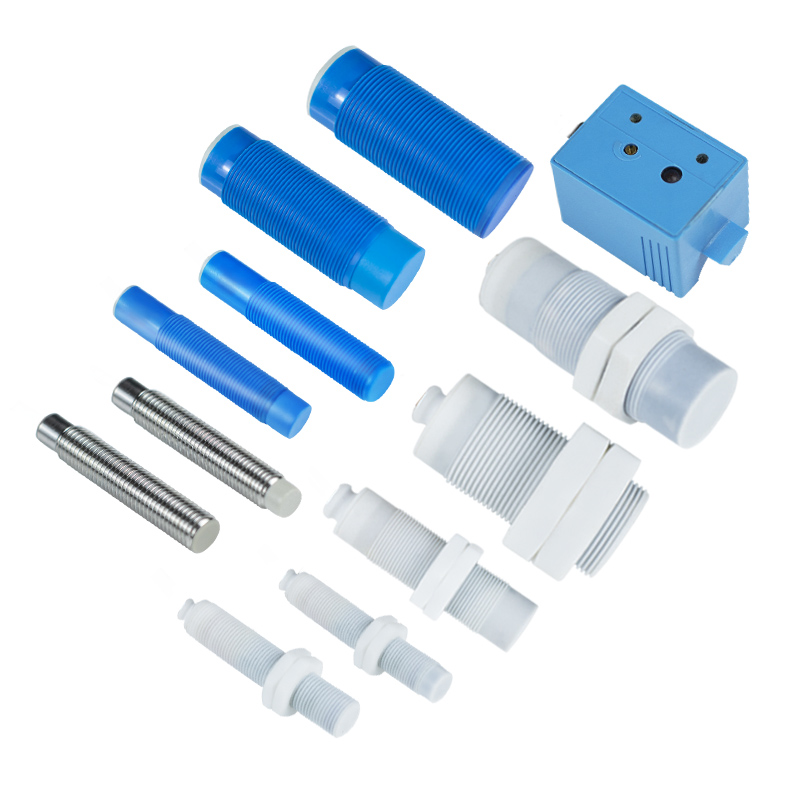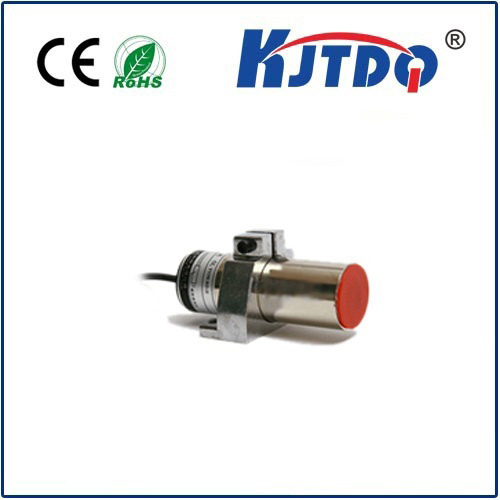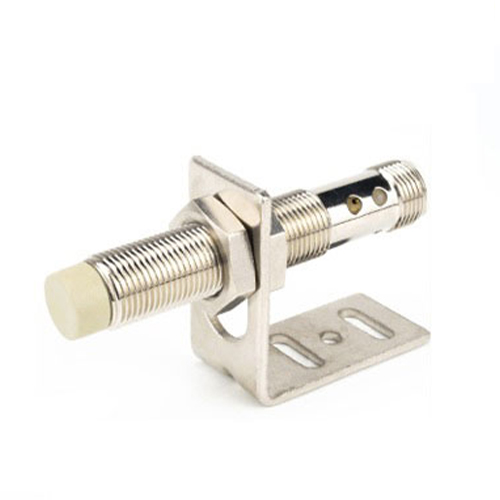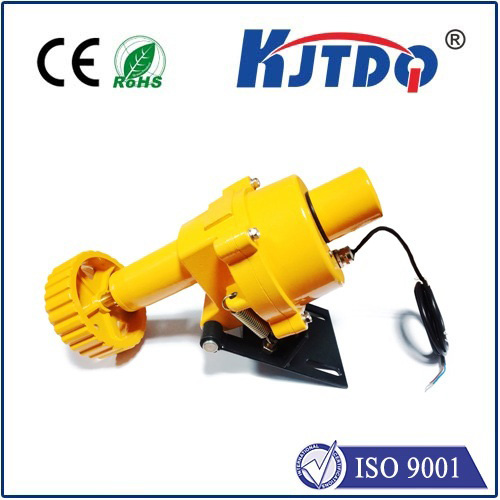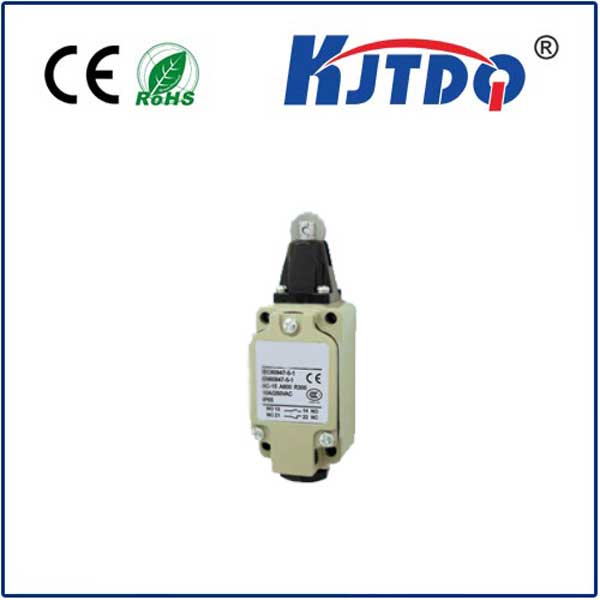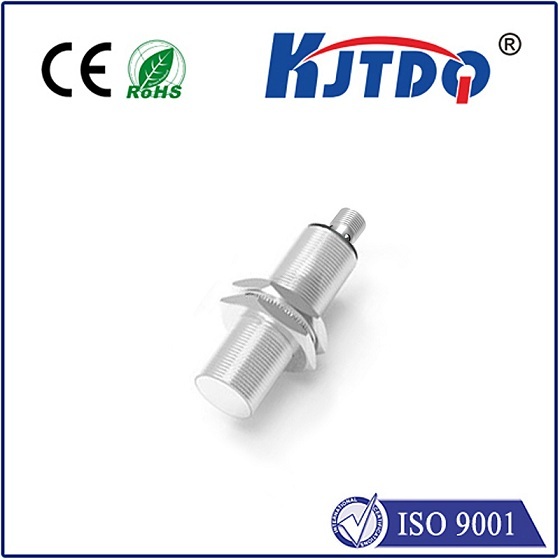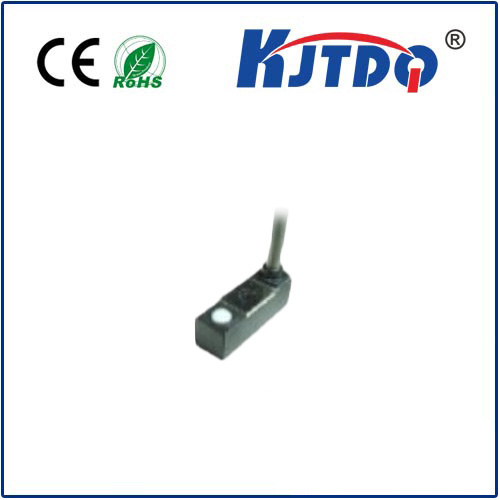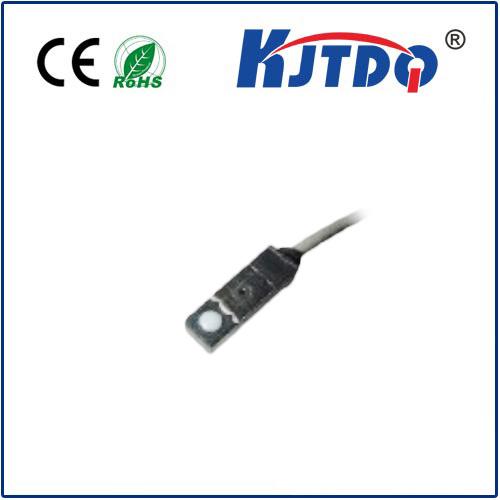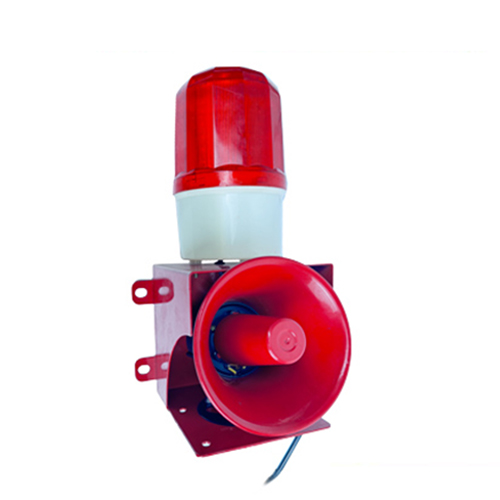digital fiber sensor
- time:2025-08-14 13:31:49
- Нажмите:0
Digital Fiber Sensors: Revolutionizing Data Collection in Modern Industries
Imagine a sprawling industrial complex, its miles of pipelines humming with activity. A tiny, almost imperceptible leak develops deep within a labyrinthine section. Traditional sensors might miss it entirely, or trigger a false alarm hours later. Now, envision a digital fiber sensor system instantly pinpointing the leak’s exact location and severity, sending precise data to control rooms before catastrophe strikes. This isn’t science fiction; it’s the transformative reality brought about by advanced digital fiber sensing technology, fundamentally changing how we monitor, protect, and optimize our world.
At its core, a digital fiber sensor utilizes the extraordinary properties of optical fibers – thin strands of glass or plastic that transmit light – as the primary sensing element. However, what elevates it beyond older fiber optic sensors is the sophisticated digital signal processing applied to the light signals traveling through the fiber. When physical or chemical parameters like temperature, strain, pressure, vibration, or acoustic waves interact with the fiber, they subtly alter the light’s characteristics (intensity, phase, wavelength, polarization, or transit time). Digital fiber sensors meticulously detect and analyze these minute changes using advanced photodetectors, interrogators, and complex algorithms. Crucially, this digital processing translates these subtle light variations into precise, quantifiable digital data streams, ready for analysis, integration, and action.

This shift towards digital processing unlocks a suite of compelling advantages that make digital fiber sensors indispensable in demanding modern applications:
- Unmatched Accuracy and Sensitivity: Digital techniques allow for the extraction of incredibly faint signals buried within noise. Digital signal processing (DSP) employs sophisticated filtering and analysis methods, enabling these sensors to detect the most minor changes in the measured parameter, far surpassing the capabilities of many analog sensor systems.
- Outstanding Immunity to Interference: Optical fibers are inherently immune to Electromagnetic Interference (EMI) and Radio Frequency Interference (RFI). This makes digital fiber sensors uniquely suited for environments saturated with electrical noise, such as power substations, heavy industrial facilities, and near high-voltage equipment, where conventional electronic sensors would falter or fail. Furthermore, they present no spark risk in explosive atmospheres.
- Extremely Long Sensing Range: Leveraging the low attenuation of light in optical fibers, especially single-mode fibers, digital fiber sensors can operate effectively over astonishing distances – tens or even hundreds of kilometers – without requiring intermediate amplifiers. This is revolutionary for monitoring extensive infrastructure like pipelines, railways, and borders.
- Truly Distributed Sensing Capability: Certain digital fiber sensor technologies, particularly those based on Rayleigh, Brillouin, or Raman scattering (distributed sensing), can transform the entire length of the fiber into a continuous sensor array. This means thousands of measurement points along kilometers of fiber, providing unprecedented spatial resolution for locating events like leaks, intrusions, or hotspots with meter-level precision – a feat impossible for discrete point sensors.
- Robustness in Harsh Environments: Protected within durable cable sheathing, optical fibers are highly resistant to corrosion, moisture, high temperatures, and radiation. This inherent durability allows digital fiber sensors to perform reliably in extreme conditions – deep within oil wells, embedded in concrete structures, or exposed to the elements on power lines.
- Simplified Integration with Digital Ecosystems: Outputting data directly in digital formats (e.g., via Ethernet, serial communication, or industrial protocols), digital fiber sensors seamlessly integrate with modern Supervisory Control and Data Acquisition (SCADA) systems, Industrial Internet of Things (IIoT) platforms, and data analytics tools. This facilitates real-time monitoring, remote management, predictive maintenance strategies, and streamlined data flow.
The unique capabilities of digital fiber sensors have propelled their adoption across a diverse range of critical industries:
- Smart Infrastructure & Structural Health Monitoring (SHM): Continuously monitoring bridges, dams, tunnels, buildings, and pipelines for strain, cracks, vibration, and settlement. Distributed sensing provides a complete picture of structural integrity, enabling proactive maintenance and enhancing public safety.
- Oil & Gas: Essential for downhole monitoring of temperature and pressure in oil wells, detecting pipeline leaks along vast distances with pinpoint accuracy, managing flow assurance, and monitoring permafrost stability in arctic regions. Their safety profile in explosive environments is paramount.
- Power & Utilities: Monitoring temperature hotspots along high-voltage power cables, transformer windings, and within switchgear facilities. They are also crucial for securing transmission corridors and substation perimeters against intrusion.
- Transportation: Monitoring rail tracks for deformation, wheel defects, and ground movement; assessing runway conditions at airports; detecting third-party interference near pipelines under roads or railways.
- Industrial Process Control: Measuring critical process variables like temperature profiles in furnaces or reactors, pressure in vessels, and vibration in rotating machinery within challenging plant environments dominated by EMI.
- Воздушно - космические и Оборона: Embedded within composite materials for structural health monitoring of aircraft wings and fuselages, detecting impact damage, monitoring strain during flight testing, and enabling condition-based maintenance. Also used for perimeter security and acoustic detection.
- Fire Detection: Distributed Temperature Sensing (DTS) systems provide highly sensitive and location-specific fire detection along tunnels, in conveyor belts, or within large warehouses and energy facilities, significantly reducing false alarms and response times.
- Geotechnical & Environmental Monitoring: Observing slope stability, ground deformation, dam leakage paths, and temperature profiles in boreholes for geothermal energy or environmental studies.
The evolution of digital fiber sensing is intrinsically linked to advancements in photonics, materials science, and, critically, digital processing power. As DSP algorithms become more sophisticated and computing power more accessible (even at the edge), the resolution, speed, and functionality of these sensors will continue to surge. Artificial Intelligence and Machine Learning are poised to unlock even greater value, enabling predictive analytics, pattern recognition in complex distributed data streams, and automated anomaly detection that predicts failures before they occur.
Digital fiber sensors represent a paradigm shift in sensing technology. By harnessing light as the sensing medium and leveraging the power of digital intelligence, they deliver unparalleled levels of precision, reliability, and spatial awareness over vast distances and within the most hostile environments. As industries increasingly prioritize safety, efficiency, predictive maintenance, and real-time data-driven decision-making, the role of these versatile and powerful sensors will only expand, solidifying their position as a cornerstone technology for building a smarter, safer, and more connected world.

